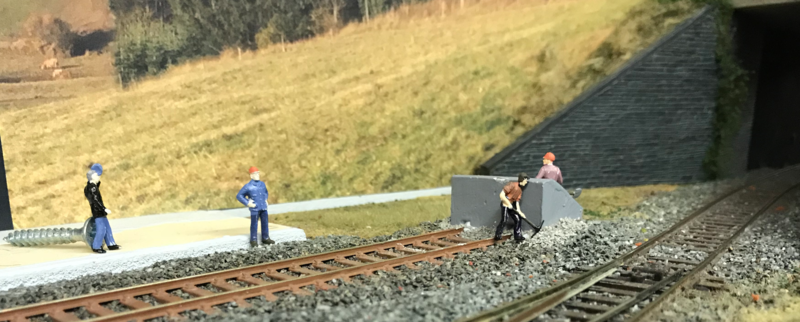PyCon.de: Python on bare metal, micropython on the pyboard - Christine Spindler¶
(One of my summaries of a talk at the 2017 PyCon.de conference).
(See also yesterday’s talk)
There’s a lot of power and functionality in microcontrollers nowadays. But they are harder and harder to program. Wouldn’t python be a great fit? It allows beginners to do things they couldn’t do before.
Micropython is a powerful and modern language with a large community, especially intended for very constrained/embedded systems.
If you program for embedded systems, you really have to know the hardware. This is different from “regular” programming.
Micropython started with a succesful kickstarter. In 2016, the BBC used it for 7 million school children. There was also a kickstarter for porting it to the super cheap ESP8266 chip.
Fun facts:
ESA (European space agency) is sponsoring development to make it even more reliable. They’re planning to use it in satellites.
It is certified for use in traffic management devices in the UK!
There were some pyboards and people could play with it. Very nice is that you don’t need an IDE: you can just connect to the board and type around on the python prompt.

Photo explanation: some 1:87 scale figures on my model railway (under construction).

Reinout van Rees
My name is Reinout van Rees and I program in Python, I live in the Netherlands, I cycle recumbent bikes and I have a model railway.
- Weblog
- Over mij (NL)
- About me (EN)
- Ligfiets (NL)
- Klussen en doe-het-zelven (NL)
- Eifelburgenbahn (model railway)
- Videos
- Preken (NL)
- PhD (EN)
Weblog feeds
Most of my website content is in my weblog. You can keep up to date by subscribing to the automatic feeds (for instance with Google reader):